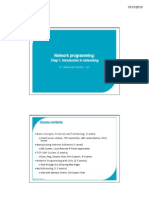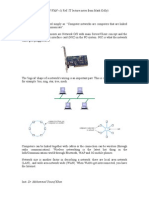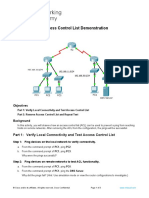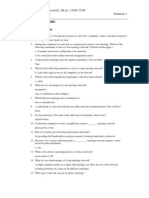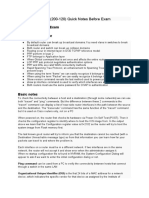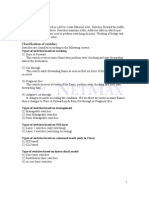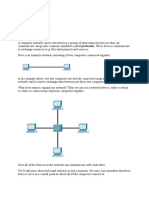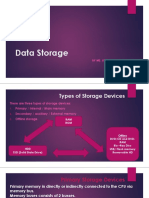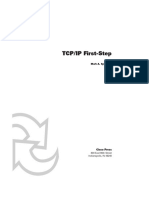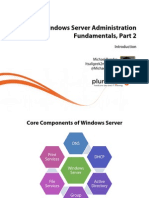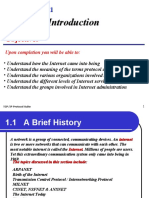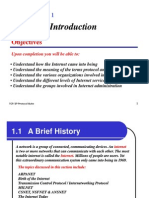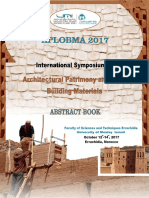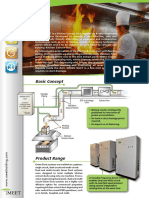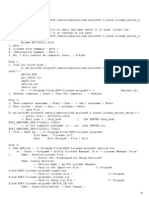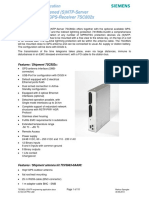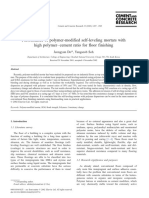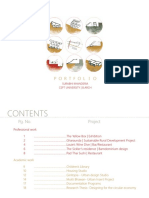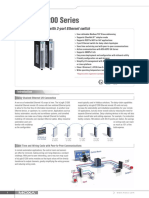0% found this document useful (0 votes)
138 views42 pagesTCP Introduction
The document discusses the history and development of TCP/IP and the internet. It explains that ARPANET was the first network established in 1969 connecting 4 nodes. TCP/IP was developed in the 1970s and split into the Internet Protocol (IP) and Transmission Control Protocol (TCP). The internet grew through the 1980s with networks like MILNET, CSNET and NSFNET connecting more sites. By the 1990s commercial internet service providers emerged, allowing the internet to become widely used.
Uploaded by
Muhammad Jaffar HussainCopyright
© © All Rights Reserved
We take content rights seriously. If you suspect this is your content, claim it here.
Available Formats
Download as PPT, PDF, TXT or read online on Scribd
0% found this document useful (0 votes)
138 views42 pagesTCP Introduction
The document discusses the history and development of TCP/IP and the internet. It explains that ARPANET was the first network established in 1969 connecting 4 nodes. TCP/IP was developed in the 1970s and split into the Internet Protocol (IP) and Transmission Control Protocol (TCP). The internet grew through the 1980s with networks like MILNET, CSNET and NSFNET connecting more sites. By the 1990s commercial internet service providers emerged, allowing the internet to become widely used.
Uploaded by
Muhammad Jaffar HussainCopyright
© © All Rights Reserved
We take content rights seriously. If you suspect this is your content, claim it here.
Available Formats
Download as PPT, PDF, TXT or read online on Scribd
/ 42






